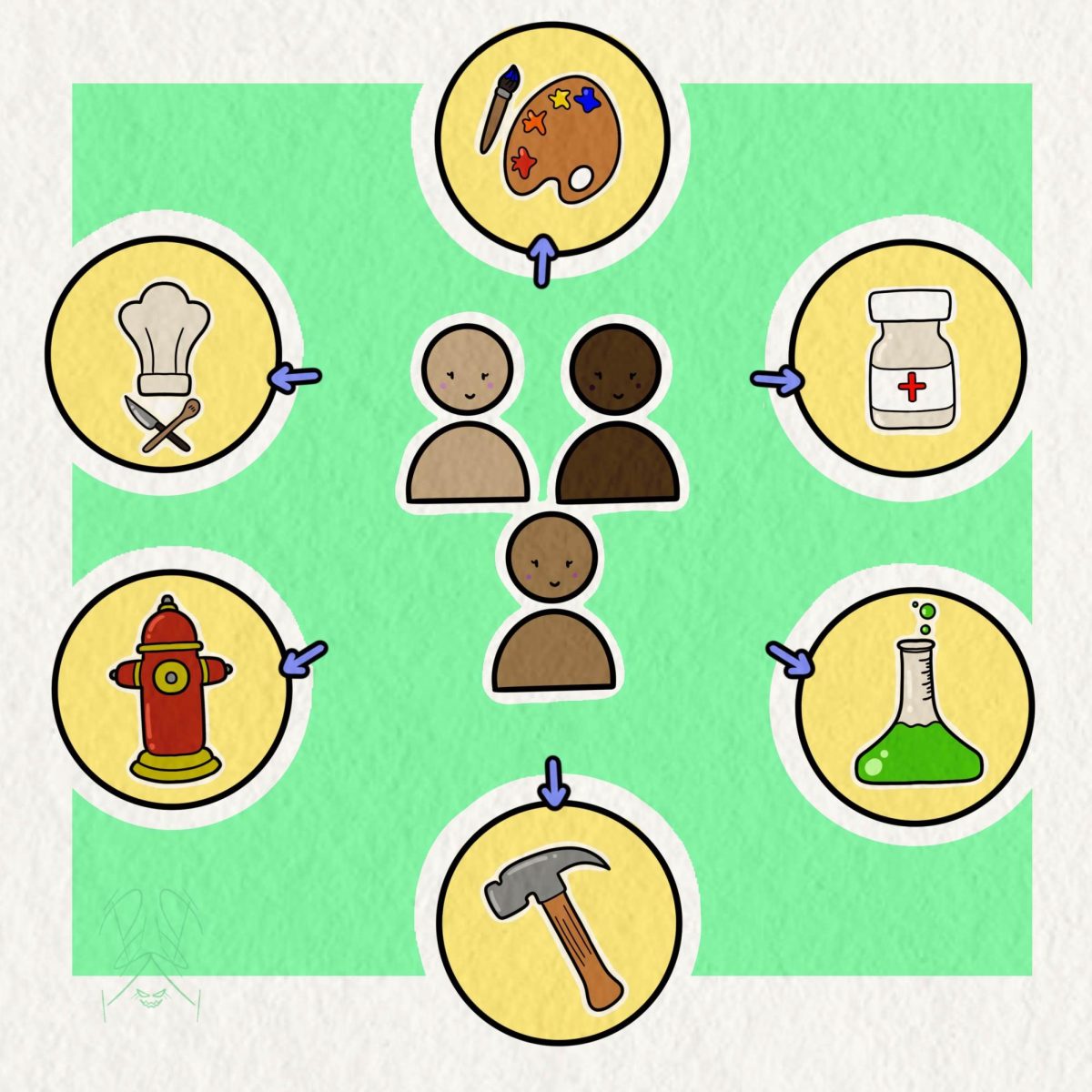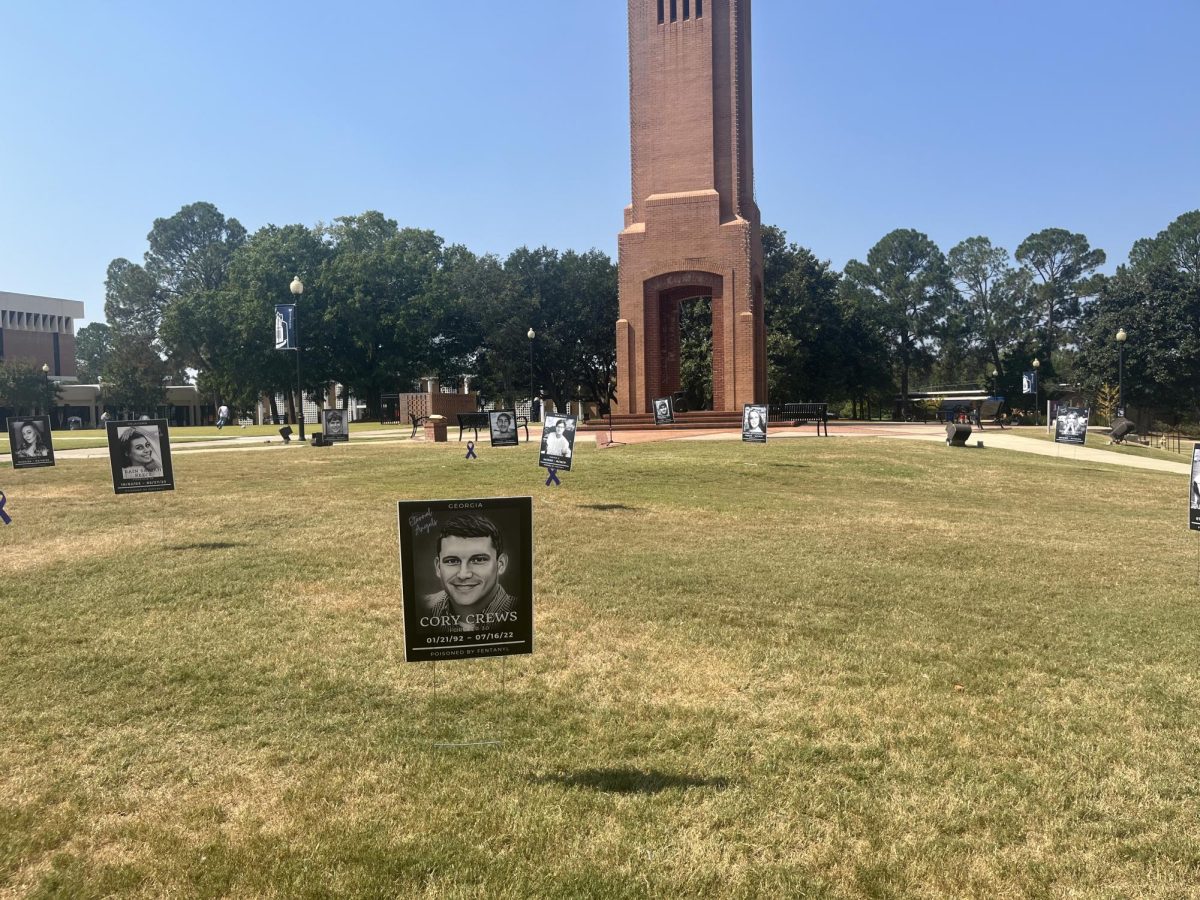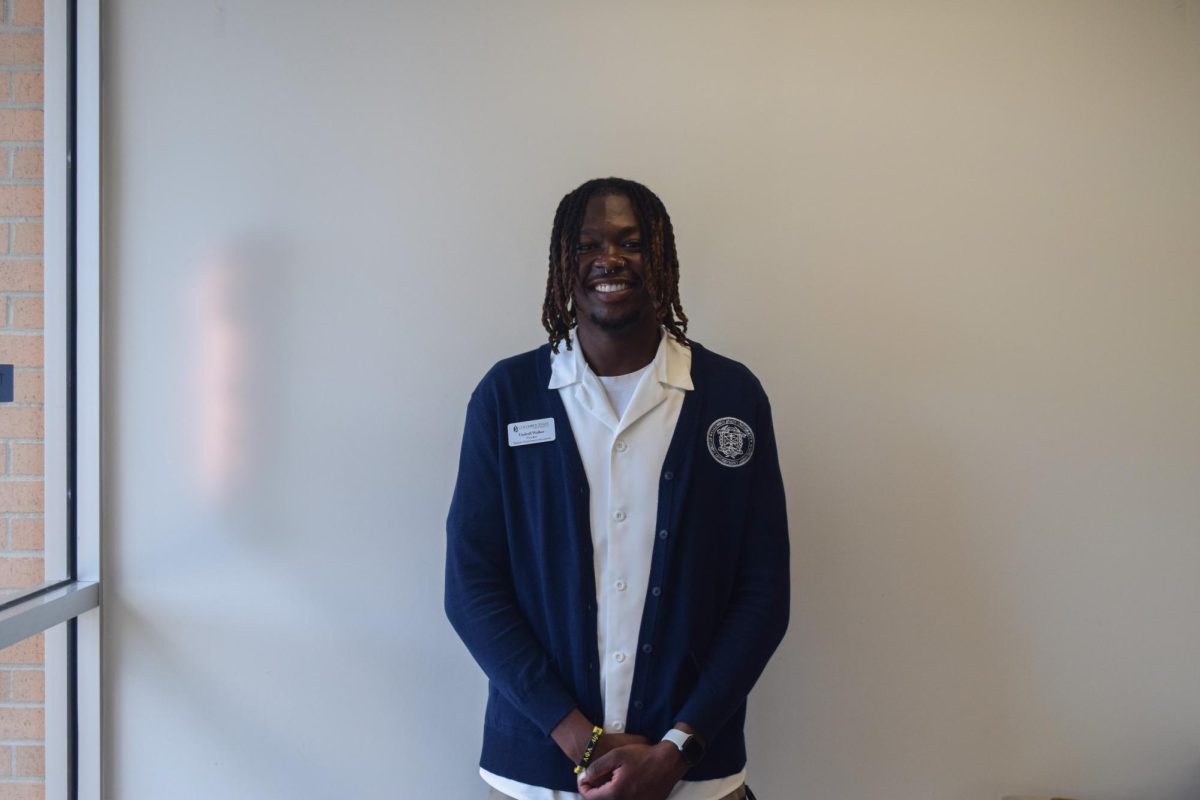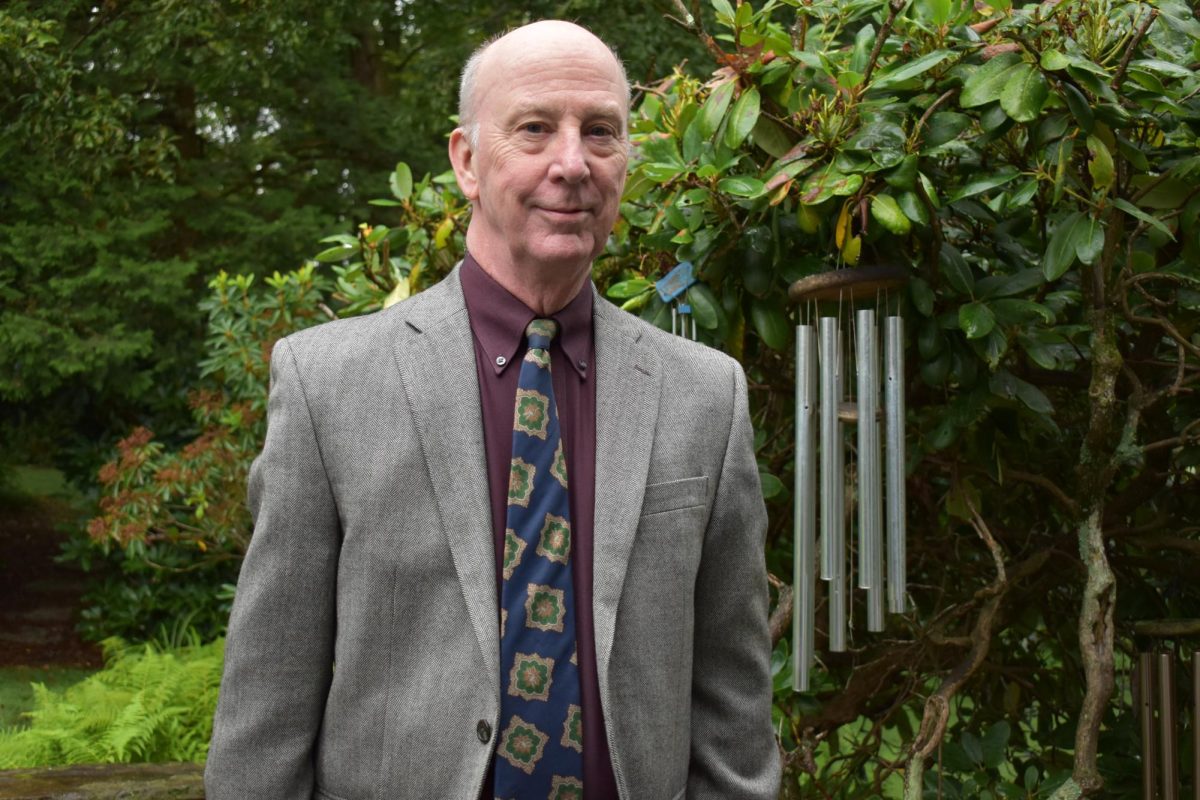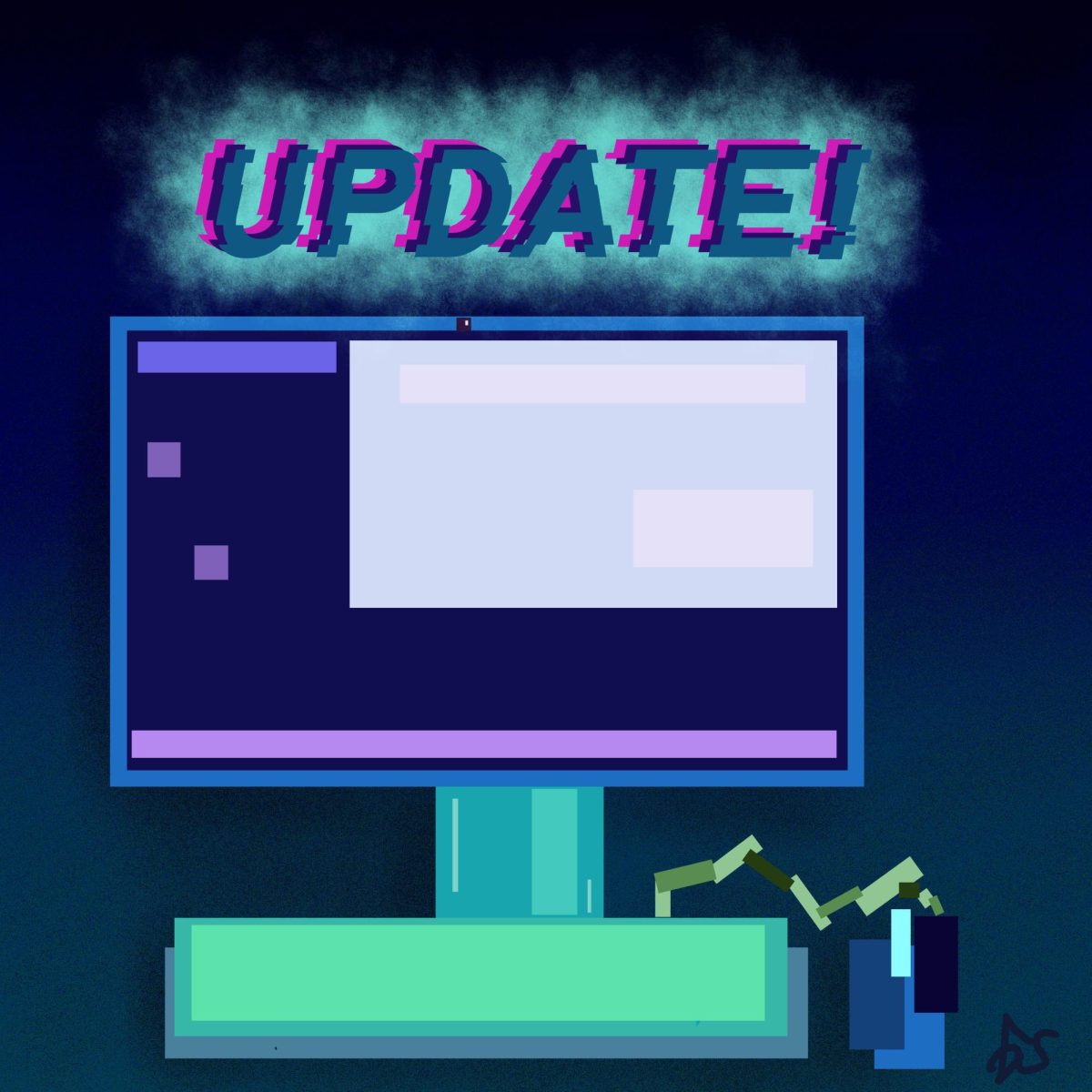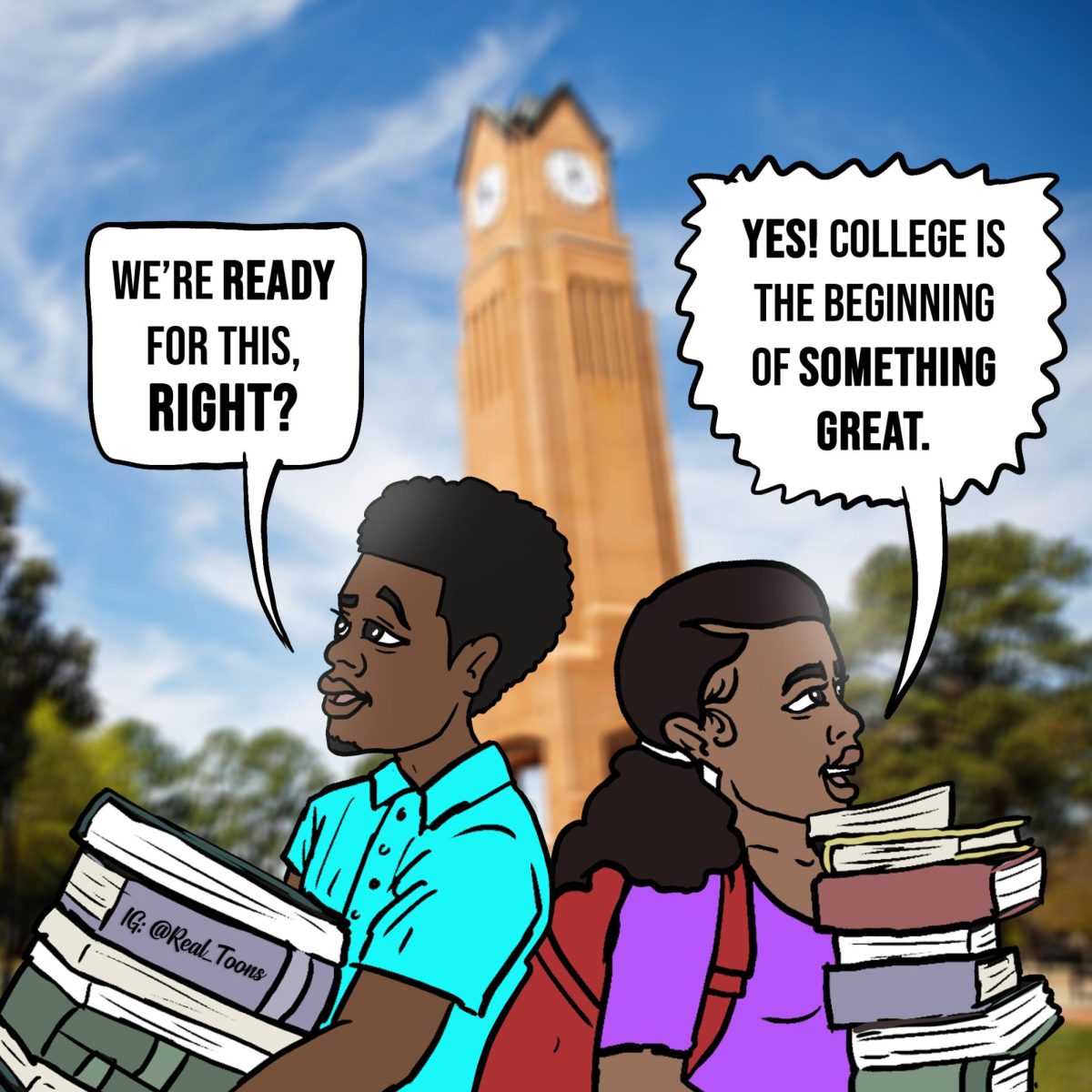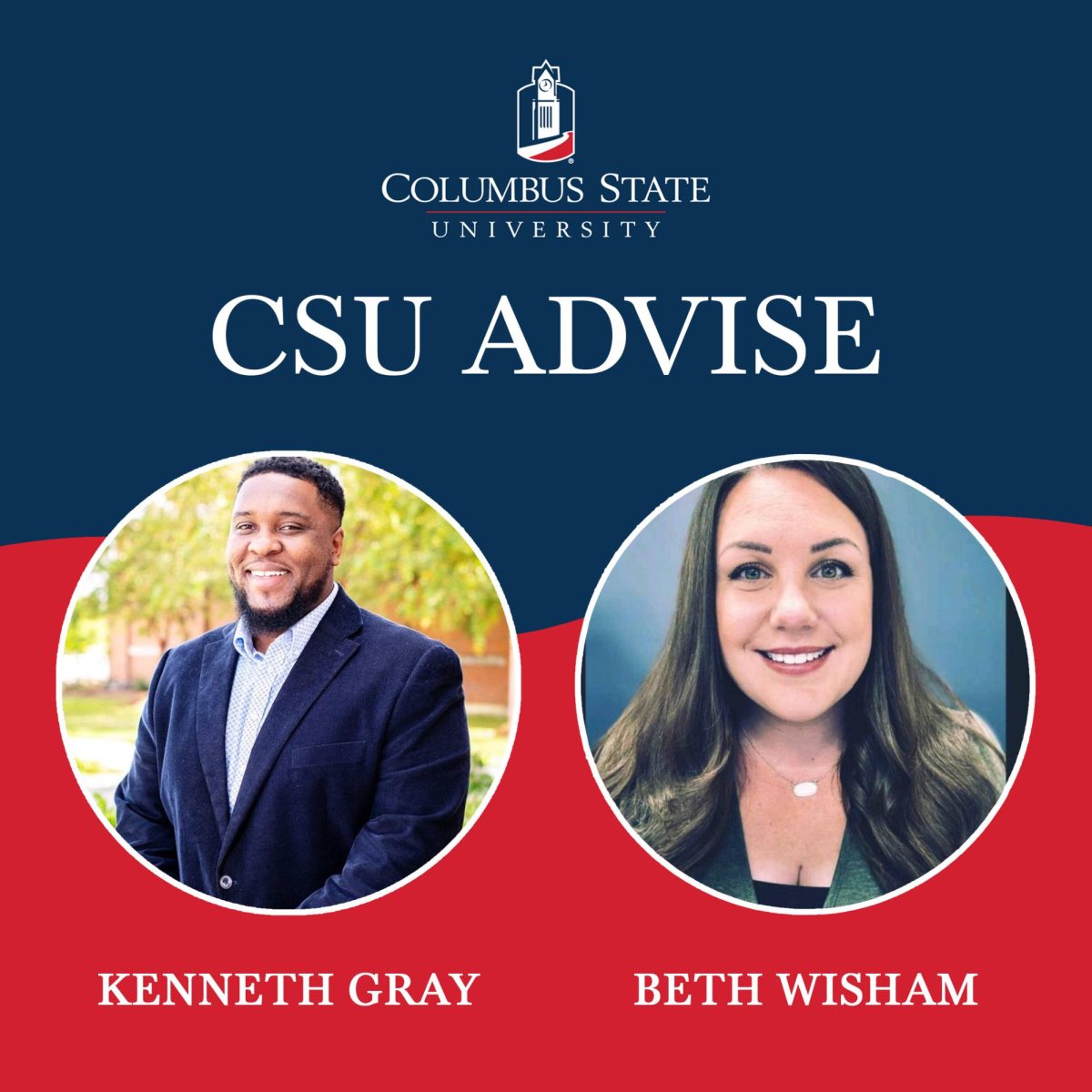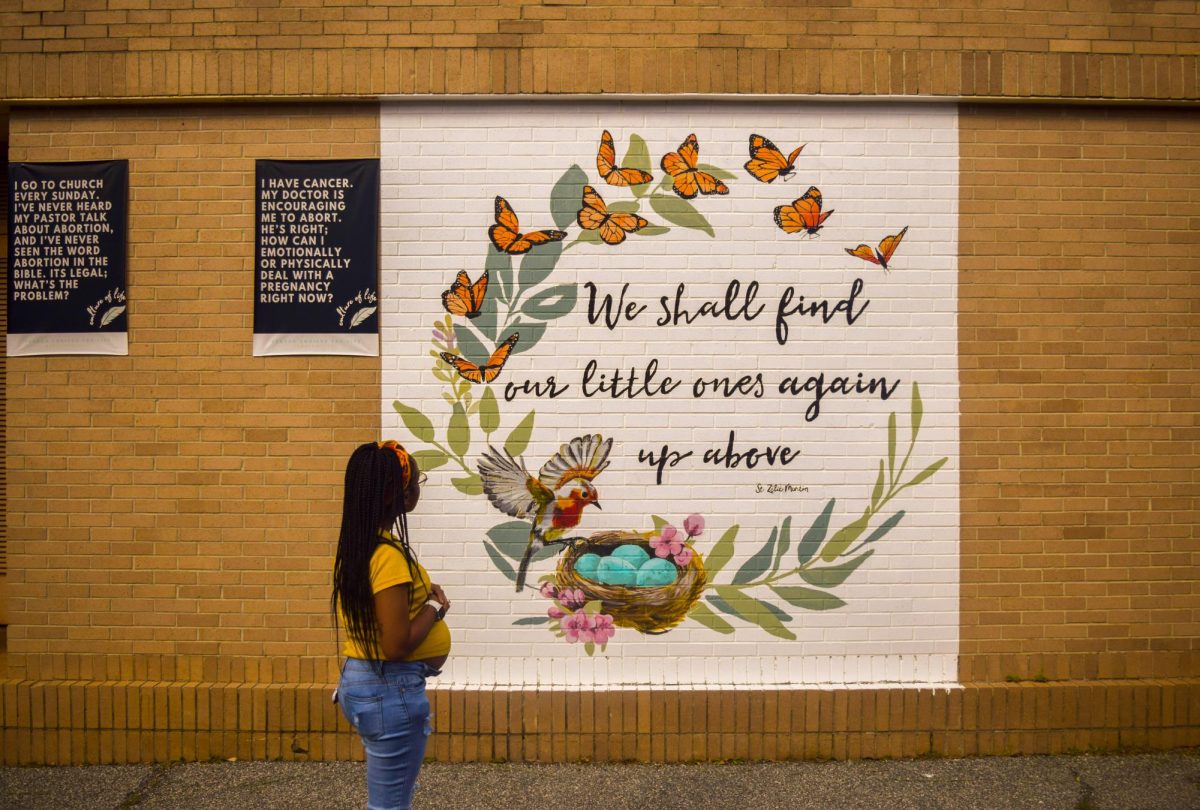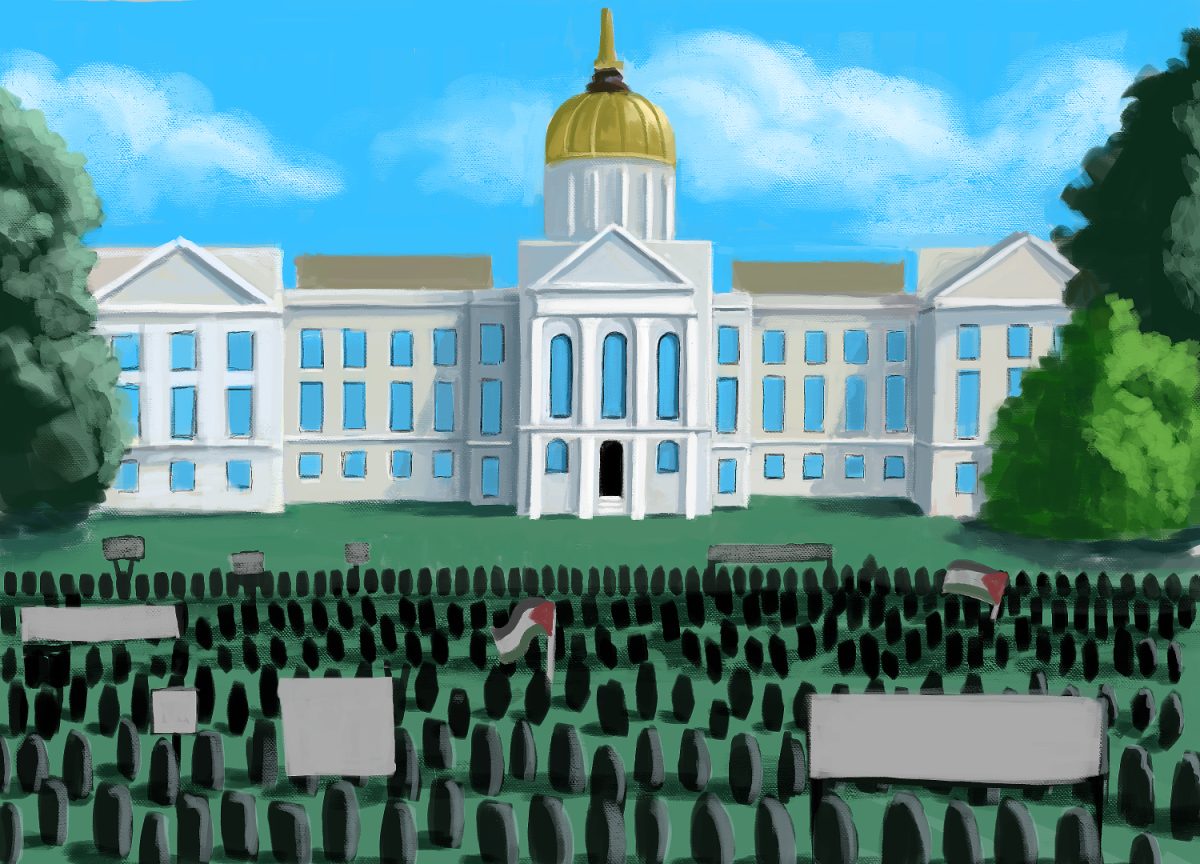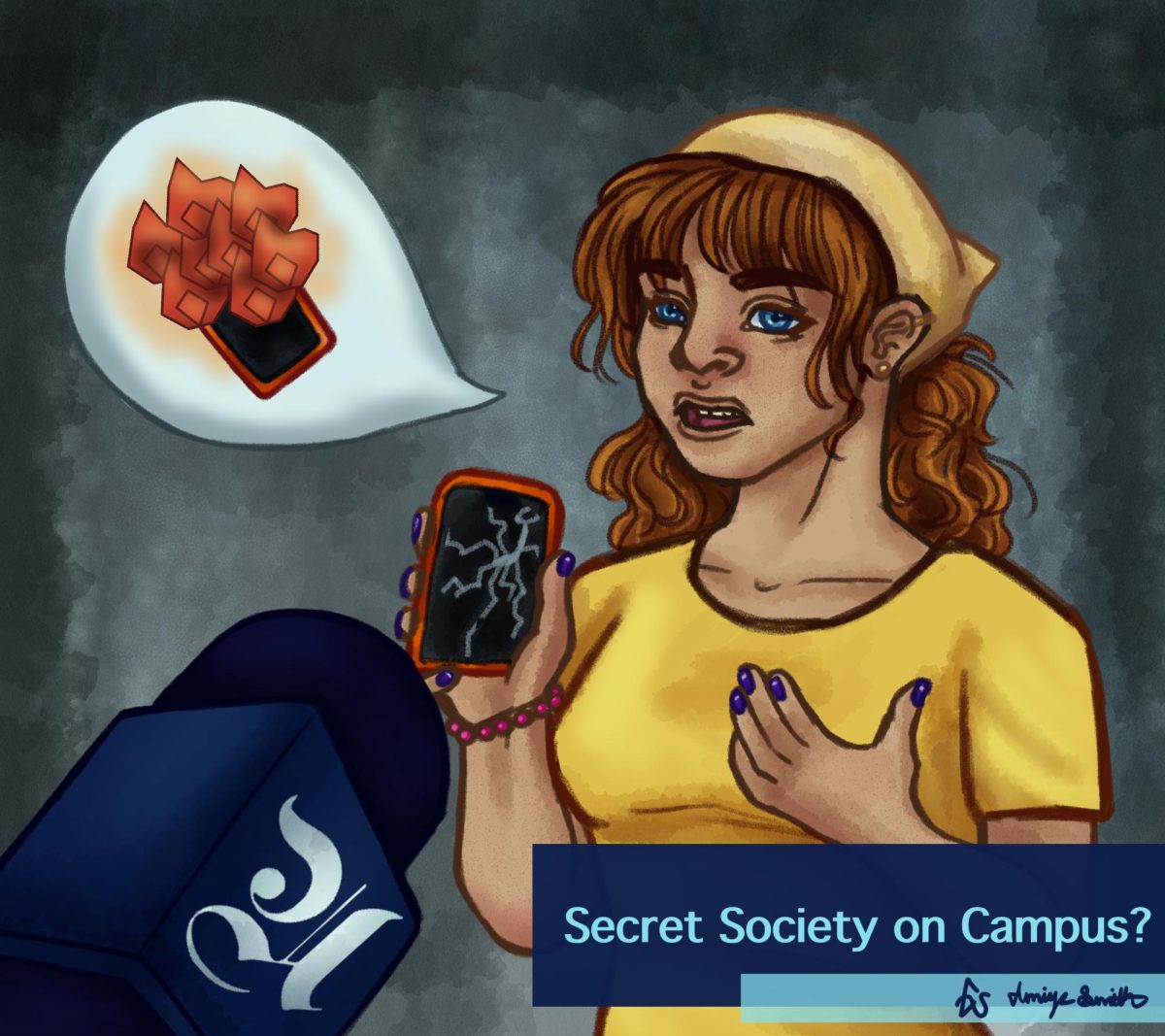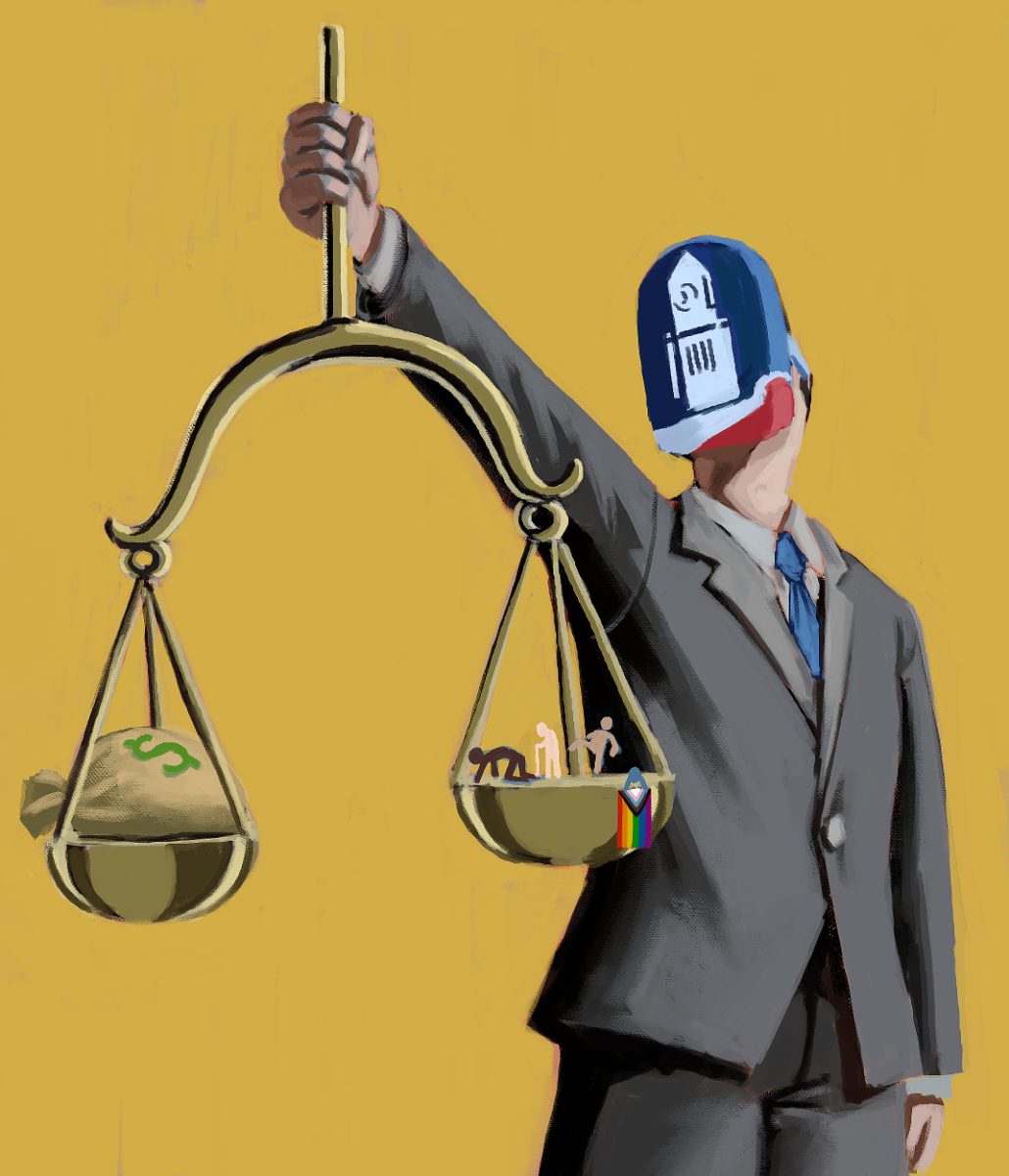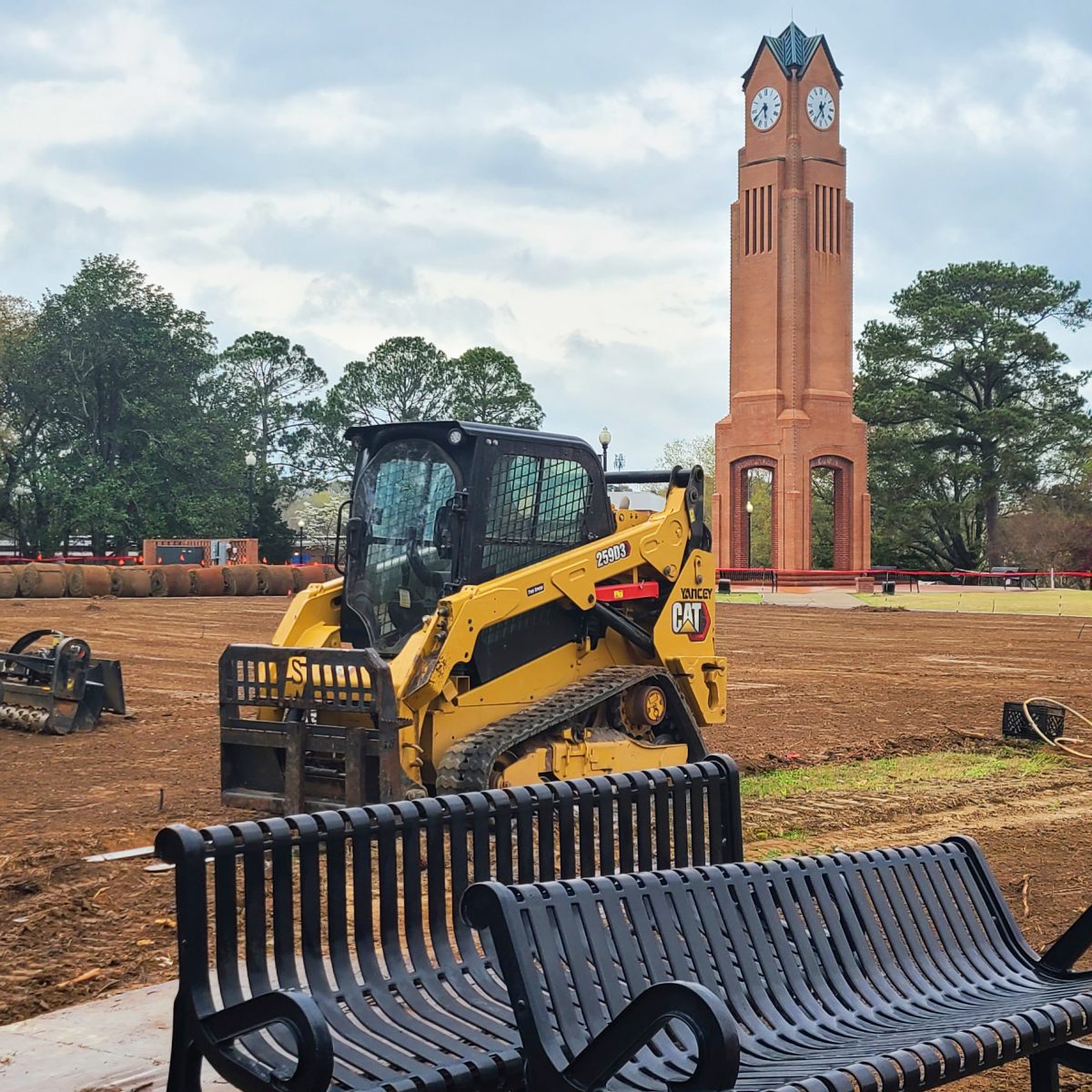As students begin their next fall semester at Columbus State University, the Career Center on campus is gearing up to help students enter the job market more confidently. One event that the center is incredibly excited for is their relaunch of the app Handshake.
Handshake, according to the CSU Career Center, is the United States’ top college-to-career network. The app hosts a variety of both job and internship opportunities, the latter of which can also count for academic credit for students.
Every student currently enrolled at CSU has a Handshake account, though many students are unaware of the app’s existence at all. Introduced in 2020, Handshake’s emergence on campus went under the radar, thanks to the pandemic. This new wave of advertisement is to help increase awareness.
However, this relaunch of Handshake isn’t the only thing that’s come to the CSU Career Center.
Patrick Keepler, the Director for the Center for Career Design, sat down with the Uproar to explain both the Handshake app, the value of internships, and the new updates to the Career Center.
Regarding Handshake, Mr. Keepler emphasized the scope Handshake offers, stating that it encompasses, “15 million users, 1,500 universities, and a million employers.”
The opportunities listed on Handshake are specific to CSU, meaning that employers had to designate CSU when creating Handshake entries. When creating a profile, Handshake will tailor those entries to be most applicable to students’ education and career goals.
Internships are a dominant part of Handshake, as well as culture here at CSU. In the Better Together: 2030 strategic plan by President Rayfield, securing “student career-readiness and employability” is highlighted as a major priority, as well as strengthening community impact with entities around the city and economic competitiveness. All of these priorities can potentially be met with a greater emphasis on internships.
When asked how internships help college students, Mr. Keepler replied, “It’s a classic prototyping activity. It’s like if you go to buy a car, you’ll want to test drive it first. Internships provide students with the means to engage in a future version of themselves.
A student can find an internship in a role that’s related to what they might be interested in doing after they graduate. They can work that internship for however long it is. They get the experience of what it’s like to be in that role, what it’s like to be in that industry. Of course, they also get the benefit of getting paid.”
It is important to note that the majority of internships listed on Handshake are paid. The few exceptions–such as internships from non-profit or governmental positions–are listed clearly by the app. However, these can still benefit the student in the form of academic credit.
Mr.Keepler also highlighted how internships help students create a more solidified view of what they want their professional career to look like. An internship could result in a job offer or allow the student to see that a certain job is not a good fit for them with little risk.
“It’s also a resume builder,” Mr.Keepler added. “It’s work-related experience. So, students, regardless of what they’re doing in an internship, are developing career readiness competencies.”
Mr.Keepler explained that there are eight career readiness competencies: career and self-development, critical thinking, communication, equity and inclusion, leadership, professionalism, teamwork, and technology.
“These are competencies that cut across all industries and all job roles. If you go on an interview for a full-time position, you’re going to be asked questions that pertain to those competencies. You’re going to be asked questions like, ‘Tell me about a time you participated in a team that was effective. What was your role and how did you contribute?’ So now you’ve got a story to share to the employer about something you did in an internship that contributed to your ability to be a good team player.”
Mr.Keepler also noted there are other ways that career readiness competencies are developed, such as through classes and jobs on campus. Some students may have what Mr.Keepler called an “awareness gap” — where students don’t realize that they have already developed these important competencies at CSU, and that this can be mentioned in both resumes and interviews with employers. This is something that the Career Center addresses with students who schedule appointments through Handshake with career coaches.
Those looking to explore graduate school options can also book a “Graduate School Exploration Coaching Appointment.” These appointments help students evaluate the costs and benefits of going to grad school, as well as different programs.
The Career Center recently added Jobscan and a professional headshot booth to their toolset. Jobscan, which is accessible through the Career Center’s website, is a resume optimization tool that uses AI to analyze students’ resumes and help point out specific weak spots. The professional headshot booth is available for drop-ins Monday through Friday, from 8-5.
Lastly, Mr.Keepler mentioned a new program in the works: alumni mentorship. Expected to come in the fall, the program can take 2,000 mentees. In August, former alumni from CSU will be recruited as mentors. In September, mentees will be recruited.
Before leaving, the Uproar also spoke to a current student working at the Career Center, Nathaniel Petallar, to ask him about his experience working there.
“I know that it works,” Mr. Petallar said. He mentioned first coming to the Career Center uncertain, but his time working there had provided him with better career clarity, greater understanding of the job market, and other aspects important to getting a job. “Now, as a student helping other students, with them coming back to me, saying, ‘Hey, I just nailed my interview because of you!’–it makes me happy.”
“It’s a pretty good outlook of what the Career Center and our resources can do for students. If students come to us, and realize that they’re not alone, they can definitely find that similar success as well.”



